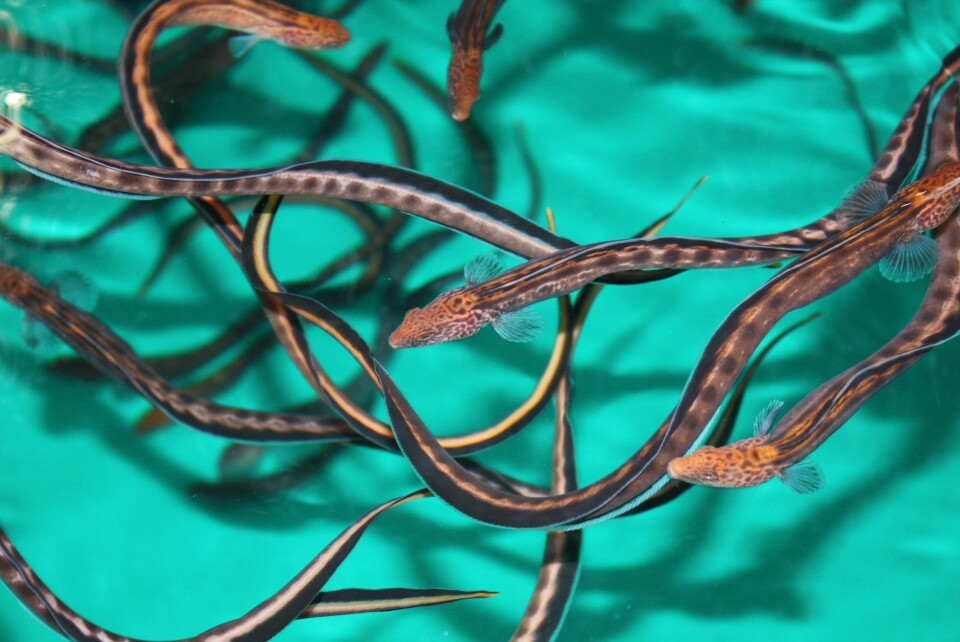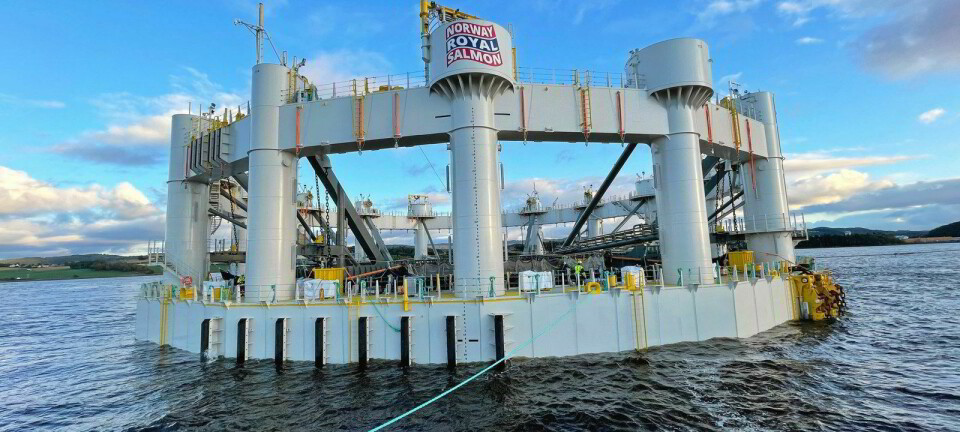
Fish culturists gather in Victoria, B.C.
Despite hard economic times in the region, about 400 delegates signed up for this popular gathering of fish people from the western States of the US, as well as from British Columbia and the Yukon Territory. This conference is sometimes held in British Columbia, but most often in one of the US States bordering the Pacific Ocean or in Idaho, where considerable fish culture facilities are also found. This year’s conference got underway in the capitol of B.C. today, with attendants representing government agencies as well as both the for-profit and the not-for-profit private sectors. Subjects of presentations ranged from the restoration of fish stocks in individual lakes to the experimentation of new species for commercial aquaculture.
During his keynote speech at the beginning of the conference, the President of the Freshwater Fisheries Society of B.C.- Donald Peterson- pointed out that public fish culturing facilities in the region are facing increased costs due to inflation and raising costs of fish food and energy, while at the same time, income from the sale of fishing licences is in decline- largely due to a combination of an aging population and families where both parents are too busy making enough income to pay the bills. This is happening at a time where governments all across the board- from States or Provinces to countries and continents- are all broke or fighting to stay afloat.
But there are still some 4.3 million people buying fishing licences in the region- covered by California, Oregon, Washington, Idaho, British Columbia and Alaska. Studies have shown that these anglers spend some US$10 billion (~€ 7.5 billion) in gear, lodging and travel each year, contributing some US$2 billion in taxes. Two thirds of these expenditures are incurred by people fishing in freshwater lakes and rivers. The industry reportedly supports some 126,000 jobs.
Mr. Peterson also pointed out that there is little public understanding of the importance of the fish culture business in the region, with less than 10% of the population realizing that at least 50% of all fish caught by anglers come from hatcheries and other facilities. He also pointed out that public fish culture facilities can learn from the private aquaculture industry, where great strides have been made in the development of new technologies such as water recirculation systems.
Dr. Shannon Balfry from the University of British Columbia’s Centre for Aquaculture and Environmental Research (CAER) at the West Vancouver Laboratory informed the meeting about her recent experience from research into the culture of Wolf eel (Anarrhichthys ocellatus). The fish has been successfully reproduced in a cooperative engagement between CAER and the Vancouver Aquarium. It has shown to grow fast, have good survival at high densities in captivity (>50Kg/m³), and a feed conversion rate of less than 1:1. The fish looks more like an eel than its Atlantic cousin the Wolf fish, and early indications suggest that the flesh quality is excellent and a ready market exists within the large Asian community in the Vancouver area.






















































